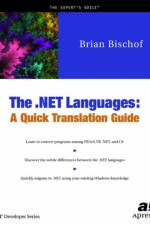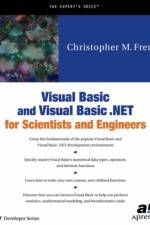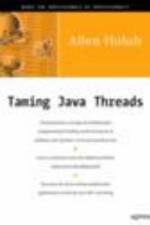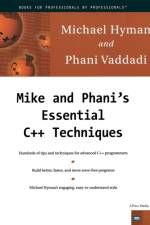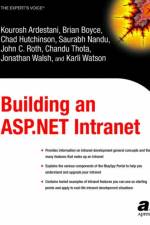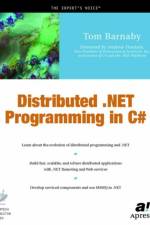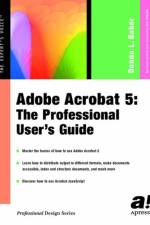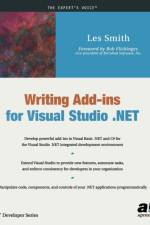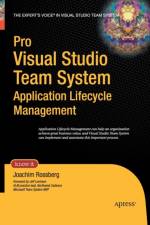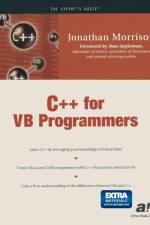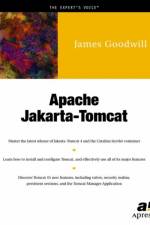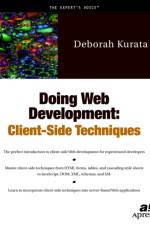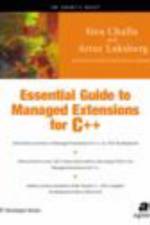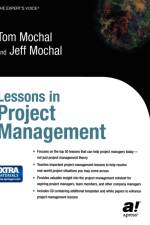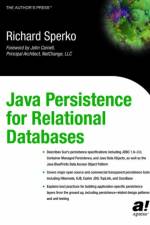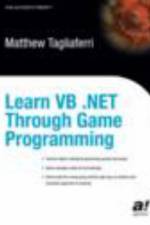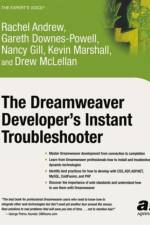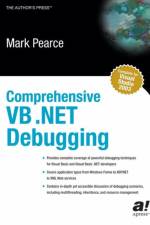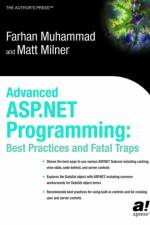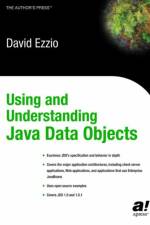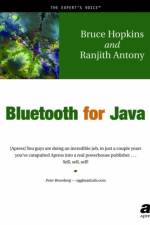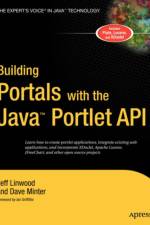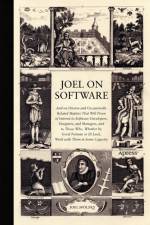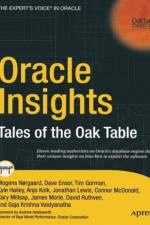von Dave Sill
29,00 €
THIS BOOK DOCUMENTS HOW to install, configure, and use qmail. It will be most bene- ficial to system, network, and mail administrators, but it will also be helpful to users who want to read and send e-mail more effectively. What Can VOU Expect to Learn from This Book? You can expect to learn the following: * What qmail is, what it can da, and what it cant da * How to in stall and configure a basic qmail server, including various sup- port utilities * How to use qmail as a regular user: controlling the disposition of incoming messages, formatting outgoing messages, and working with mailboxes in multiple formats * How to manage a qmail server: setting up aliases, users, virtual domains, and mailing lists; troubleshooting; performance tuning; and controlling junk mail and other abuse * How qmail works: not just what it does, but how it da es it Organization Chapter 1, "e;Introducing qmail,"e; describes qmail and its features. Read it ifyou're not sure exactly what qmail is or what it can do for you. It also describes the over- all organization of the qmail suite, compares qmail to other Unix mailers, and lists other sources of qmail information and support. Chapter 2, "e;Installing qmail,"e; describes step-by-step the installation of qmail on a wide range of operating system distributions, including commercial Unix variants, Linux, and various Berkeley Software Distributions (BSDs). Chapter 3, "e;Configuring qmail: The Basics,"e; shows how to configure qmail for a variety of basic functions.

